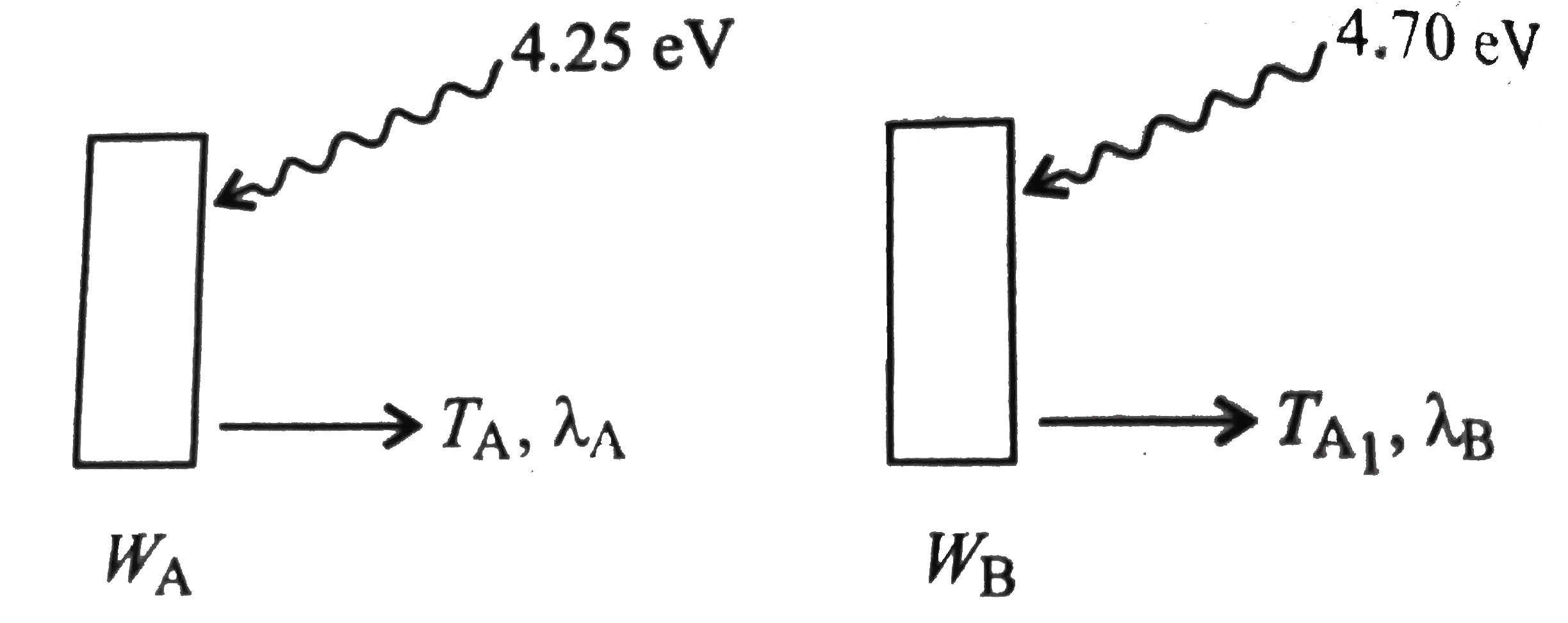A
B
C
D
Text Solution
Verified by Experts
|
Topper's Solved these Questions
ATOMIC STRUCTURE
CENGAGE CHEMISTRY|Exercise Exercises (Subjective)|52 VideosView PlaylistATOMIC STRUCTURE
CENGAGE CHEMISTRY|Exercise Exercises Linked Comprehension|50 VideosView PlaylistAPPENDIX - INORGANIC VOLUME 1
CENGAGE CHEMISTRY|Exercise chapter-7 Single correct answer|1 VideosView PlaylistCHEMICAL BONDING AND MOLECULAR STRUCTURE
CENGAGE CHEMISTRY|Exercise Archives Subjective|15 VideosView Playlist
Similar Questions
Explore conceptually related problems
Knowledge Check
Similar Questions
Explore conceptually related problems
CENGAGE CHEMISTRY-ATOMIC STRUCTURE-Concept Applicationexercise(4.3)
- When photon of energy 25eV strike the surface of a metal A, the ej...
02:30
|
Playing Now - How many quantum number are needed in designate an orbital ? Name the...
01:43
|
Play - The principal quantum number of n of an atomic orbitals is 5 what are ...
00:39
|
Play - The azimathal quantum number l of an arbital is 3 what are the possi...
01:00
|
Play - What is the lowest value of n that allows g orbitals to exist?
00:52
|
Play - Given the notation for the sub-shell deotected by the following quant...
01:29
|
Play - How many electron on a fully filled l sub-shell have m(1) = 0 ?
01:19
|
Play - An electron is in one of this electrons
01:10
|
Play - If the largest value ofm(1) for an electron is + 3 in what type of su...
01:20
|
Play - Explain , giving reason , which of the following sets of quantum numbe...
02:25
|
Play - How many electron in an atom may have the following quantum number ? A...
02:40
|
Play - How many orbitals are possible in a. 4th energy level b. 5f sub-she...
01:14
|
Play - What are the possible value of m(1) for the different orbital of a....
01:10
|
Play - What is the shape 2s orbital .Give two9 point of difference between 1...
02:27
|
Play - a. How many sub-shell are associated with n = 4? b. How many electr...
02:34
|
Play - How many spectrical nodal syrface are there in a. a 3s orbital b. a...
01:29
|
Play - The principal quantum number representwsw
01:04
|
Play - The energy of an electron of 2p(1) orbital is
Text Solution
|
Play - The orbital angular momentum of an electron of an electron in 2s orbit...
00:39
|
Play - The number of nodals plates of zeroelectron density in the d(xy) orbit...
01:38
|
Play
